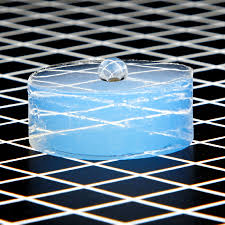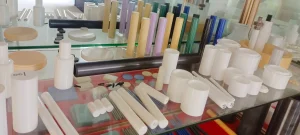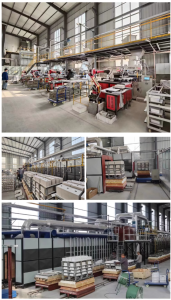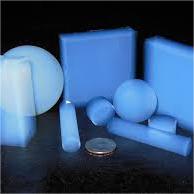Professional industry ceramic supplier, silicon nitride, silicon carbide, aluminum nitride and any other kinds of ceramics.
1. Introduction
Just 24 hours ago, a major breakthrough was announced by researchers at the Fraunhofer Institute: a new sintering technique has significantly improved the thermal shock resistance of reaction-bonded silicon carbide (RBSiC) components, including crucibles and furnace tubes. This innovation is already influencing how industries select high-temperature containment solutions—especially in foundries, semiconductor manufacturing, and renewable energy sectors.
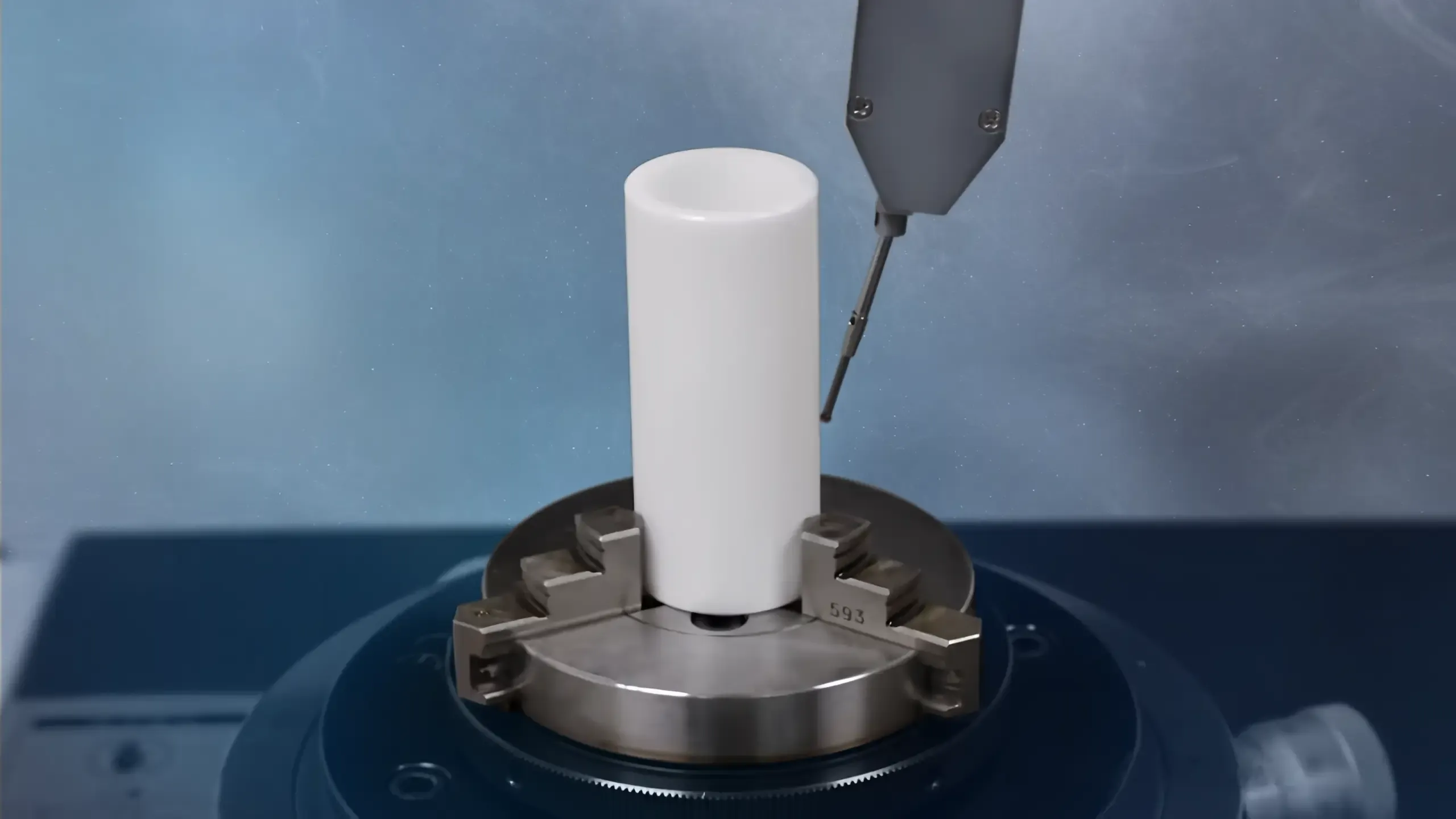
At the heart of this shift lies the silicon carbide crucible—a workhorse of extreme-heat applications. But what truly sets it apart from other ceramic crucibles like zirconia or alumina? And how does it compare to newer alternatives like silicon nitride? In this deep-dive analysis, we’ll unpack the science, compare material properties, and explore real-world performance across industrial and niche applications.
2. Why Silicon Carbide Dominates High-Temperature Crucible Design
2.1. Exceptional Thermal Conductivity and Shock Resistance
Silicon carbide (SiC) boasts thermal conductivity values up to 120 W/m·K—far exceeding alumina (Al2O3) at ~30 W/m·K and zirconia (ZrO2) at just ~2–3 W/m·K. This means silicon carbide crucibles heat evenly and resist cracking during rapid temperature changes. For foundries melting aluminum, copper, or even precious metals, this translates to longer service life and fewer production interruptions.
2.2. Chemical Inertness and Purity
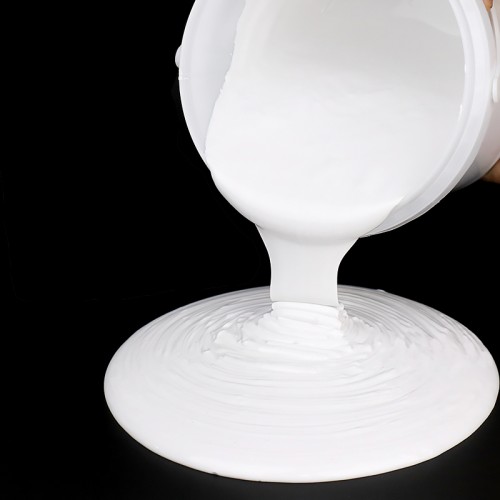
Unlike some ceramics that react with molten metals, high-purity silicon carbide crucibles maintain integrity even when exposed to aggressive melts. They resist oxidation up to 1600°C in air and show minimal interaction with non-ferrous alloys—critical for maintaining metal purity in aerospace and electronics manufacturing.
3. Silicon Carbide vs. Key Alternatives: A Material Showdown
3.1. Boron Carbide vs Silicon Carbide
While boron carbide (B4C) is harder and used in armor applications, it’s far more expensive and less thermally conductive than SiC. Boron carbide also oxidizes more readily above 800°C, making it unsuitable for most crucible uses. In contrast, silicon carbide offers the best balance of cost, durability, and thermal performance for industrial melting.
3.2. Silicon Nitride: A Rising but Niche Competitor
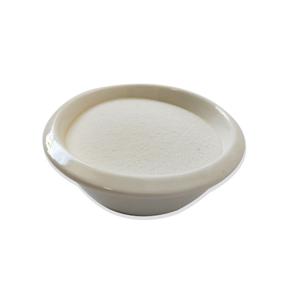
Silicon nitride (Si3N4) crucibles—produced by specialized silicon nitride crucible factories—excel in applications requiring extreme mechanical strength and resistance to thermal fatigue. However, they’re significantly more costly and less thermally conductive than SiC. While custom silicon nitride heat shields and silicon nitride rings are gaining traction in semiconductor processing, silicon carbide remains the go-to for bulk metal melting.
3.3. Alumina and Zirconia Crucibles: Where They Fall Short
Alumina (Al2O3) crucibles are affordable and widely available but crack under thermal cycling. Zirconia crucibles offer high melting points but poor thermal shock resistance and can contaminate melts due to phase instability. Neither matches the all-around robustness of a silicon carbide crucible in dynamic industrial environments.
4. Beyond Crucibles: The Broader Silicon Carbide Ceramic Ecosystem
The same material science that powers silicon carbide crucibles enables a wide range of advanced ceramic products. RBSiC silicon carbide tile blocks line furnaces, while silicon carbide ceramic columns support high-load structures in kilns. Even everyday items like silicon carbide ceramic baking dishes, silicon carbide ceramic dinner plates, and silicon carbide ceramic serving bowls leverage SiC’s thermal stability—though these are typically composite or coated versions for food safety.
Industrial components like silicon carbide burner nozzles, silicon carbide tubes for thermocouple protection, and silicon carbide ceramic pipes benefit from the same erosion and corrosion resistance. Meanwhile, silicon carbide discs—used in grinding, sealing, and even piezoelectric applications—highlight the material’s versatility beyond containment.
5. Manufacturing Methods and Material Grades
Not all silicon carbide crucibles are created equal. Key types include:
- Sintered SiC: Highest purity and density, ideal for semiconductor and lab use.
- Reaction-bonded SiC (RBSiC): Cost-effective, with excellent thermal shock resistance—common in foundries.
- Nitride-bonded SiC: Good oxidation resistance, used in lower-temperature continuous processes.
The choice depends on operating temperature, chemical exposure, and budget. For instance, a zirconia-stabilized crucible might be chosen for reactive melts, but only if thermal cycling is minimal.
6. Emerging Trends and Market Shifts
Demand for high-purity silicon carbide is surging, driven by electric vehicle (EV) power electronics and green hydrogen production. Simultaneously, the high purity silicon nitride powder market is expanding, but SiC remains dominant in bulk thermal applications. Innovations in RBSiC forming—like the recent Fraunhofer development—are pushing performance boundaries further, enabling thinner, lighter, and more efficient crucibles and furnace components.
7. Conclusion
When it comes to high-temperature containment, the silicon carbide crucible stands unmatched in its balance of thermal conductivity, mechanical strength, and chemical stability. While alternatives like silicon nitride and zirconia serve niche roles, SiC’s versatility—from industrial crucibles to silicon carbide ceramic dinnerware—cements its status as a cornerstone of advanced ceramics. As manufacturing techniques evolve, expect silicon carbide to remain at the forefront of thermal engineering for years to come.
Our Website founded on October 17, 2012, is a high-tech enterprise committed to the research and development, production, processing, sales and technical services of ceramic relative materials such as What. Our products includes but not limited to Boron Carbide Ceramic Products, Boron Nitride Ceramic Products, Silicon Carbide Ceramic Products, Silicon Nitride Ceramic Products, Zirconium Dioxide Ceramic Products, etc. If you are interested, please feel free to contact us.

